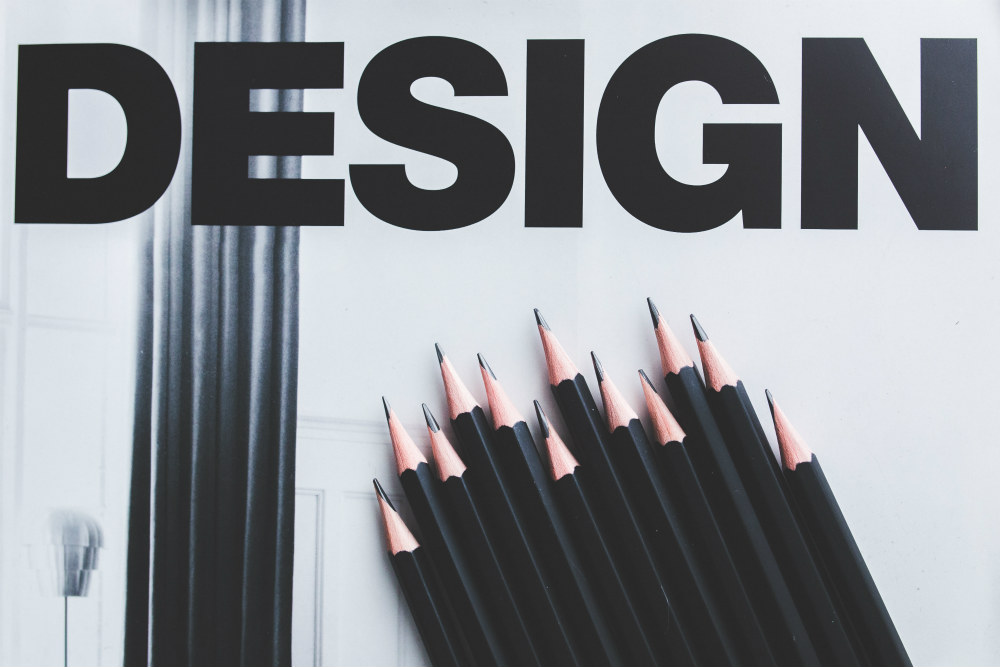Here’s What You Need When Developing A Brand Identity
Brand identity. You’d instantly think this term is interchangeable with brand image or branding. I hate to burst your bubble, but it’s not.
Think about a Halloween costume party. A participant would pick a character to know what costume he’s going for. While choosing the outfit, the participant would want to portray a specific image to other partygoers.
For instance, he picks Fred Flinstones. To dress the part, he has to wear an orange, jagged piece of fabric coupled with a blue, oversized necktie. Brand image refers to being seen as Fred Flinstones, while brand identity pertains to all the elements needed to achieve the brand image — garb and necktie.
Now that you have a slight idea of what brand identity is. Let’s delve deeper into it. Know what should go into a company’s brand identity and why graphic design is crucial for achieving the right brand identity and image.
What is Brand Identity?

Every company depicts a certain flair or branding. That’s why their logos, designs, typography, and colors differ. These brand elements aren’t crafted for aesthetic purposes. However, these components are all built around the identity of the brand.
By definition, “brand identity is the visible elements of a brand, such as color, design, and logo, that identify and distinguish the brand in consumers’ minds.”
Let me give you one good example of two distinct technology and electronics companies — Apple and Nokia.
The identities of both brands indeed differ just by looking at their logos and marketing collaterals. Apple’s products are perceived as sturdy, sleek, and state-of-the-art. The company caters to a particular demographic in society’s higher class.
On the other hand, Nokia emanates an image that appeals to the low- and middle-class societies. That said, their products are also reflective of what they exude — simple, affordable, and useful.
So before a company creates its identity, the entire team should have to sit down and get to know what the brand is all about. Its mission, goals, audience, and the message they want to get across.
The last thing a company wants is to depict the wrong brand image. In turn, this may have a negative effect on how products are rolled out. The target audience might not have this affinity towards the brand if the expressed identity is all in shambles.
Creating a brand identity that’s akin to the brand image will make it easier to reel in leads and conversions.
How To Shape Your Brand Identity

First things first, know who you are as a brand. Ask yourself and your team to think of a couple of factors such as:
- Reasons why you started this business
- Business goals, principles, and beliefs
- The overall mission of the company
- Your brand’s unique character or personality
- Your brand’s edge over competitors
- The message you want to get across and how you want to communicate with your target audience
After you’ve finally set this in stone, you can now move onto whipping up a particular design to represent your identity. This is achieved through logos, product packaging, business cards, websites, marketing collaterals, and even your emails.
Here are a few aspects that should go into a company’s brand identity:
Typography
Typography refers to how the typeface and font styles look to represent your brand. This font is evident, especially in a brand’s logo. Certain typefaces have an adverse impact on how one perceives a brand.
For instance, serif typefaces are more traditional. Hence, this type is better used for financial and educational institutions.
Sans serif typefaces create a modern take on anything. Any industry that has a younger target market might want to use this style. Computer, telecommunication, and hospitality industries, to name a few.
Another type of typeface is the script. These types give your brand a soft and dainty feel, which makes this type apt for apparel companies.
Last but not least is the decorative typeface. As the name suggests, these are the more playful styles suitable for more modern brands with fun and playful identities. Any industry can use this style sparingly as long as it resonates with their branding and image.
Colors
As per this color psychology guideline, different colors have an impact on a person’s feelings, moods, or behaviors.
That said, mixing and matching the right colors is vital for shaping your brand identity. For example, black exudes elegance and style. Green is more inclined to nature and health, while red is associated with passion, energy, and excitement.
Shapes
Another aspect that will express your identity and depict the right image to your audience is the shapes that contribute to the overall graphics. The types of shapes and forms you use on your logo, website, or packaging impart a distinct vibe that will resonate with your audience.
For instance, circles generate this synergistic atmosphere. On the other hand, squares and triangles are associated with stability and precision. Last but not least, vertical and horizontal lines also impart machismo and tranquility, respectively.
Graphic Design: The Essential Aspect of Brand Identity

When all these different elements are taken into account, the overall graphic design should turn into one cohesive, archetypal symbol of your brand. Hence, creating the graphics for all your brand’s channels should only be entrusted to the experts.
One of the reasons why graphic design is an essential element in your brand identity is because it’s an extension of who you are as a company. Without high-quality graphic design, your brand could be touted as another crappy, unreliable company.
The graphics on your logos, packaging, brochures, websites, and the likes are the first line of offense when attracting prospects. That said, hiring the right graphic designers will do more good than harm to your company budget.
Professional graphic designers know what it takes to achieve a holistic look that has visual hierarchy and depth. Plus, these experts know the right typography, shapes, color palettes, and whatnot that are apt for your brand.
Last but not least, they know how to create a collaborative look that speaks to your audience the right way. And as a brand, that’s about everything you need.








